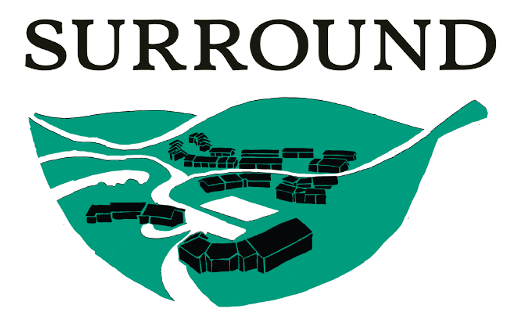Urbanisation is one of the most visible features of the age in which we live, and in Norway 81 per cent of the population live in urban settlements. Urbanisation has consequences for the environment as well as society - not only in the cities, but also in their semi-urban and rural surroundings. Surround aims to build knowledge on how urbanisation affects environmental and cultural history assets in and around small and medium-sized urban areas. The project also sheds light on the driving forces that influence these processes, and thus provides a deeper understanding of the various conditions that contribute to sustainable urbanisation.
For a long time, urbanisation was characterised by cities expanding into their surroundings in a poorly-planned manner, resulting in unnecessarily space-demanding settlements. During the 1980s, urban compaction was introduced as a strategy to counteract undesirable consequences of urban sprawl. In Norway the principle of densification was introduced i.a. through the research project ‘Nature and Environmentally Friendly Urban Development’ (NAMIT), which ran from 1988 to 1992. A number of sustainability indicators were applied to examine the municipalities of Trondheim/Malvik, Sogndal, and Horten. The main idea of Surround is to use these data as a basis of comparison in order to analyse processes that have taken place in the last three decades.


